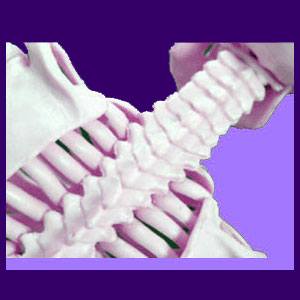
A spinal deformity is described as a condition in which parts of the spine, or the entire spinal column, differs from the typical structural design inherent to most human anatomies. Deformity is a very strong word and not is generally proper when used to describe any type of congenital or developmental structural or functional abnormality. However, in some cases, the term is still utilized and may be used to detail a diverse set of possible irregularities which may be apparent in any given human spine.
Deformities can be minor or may be extreme, with every level in between being possible to experience, as well. This dialog provides details on the most common forms of irregular spinal conditions reported by patients worldwide.
Minor Spinal Deformity Conditions
Minor irregularities in the spine can take the form of disc or bone issues, as well as functional or constructional flaws. Abnormal conditions can be congenital or developmental. Deformity can be caused by injury, spinal surgery, spinal disease, spinal infection or other damaging process. Here are some of the usual varieties of minor abnormalities in the human spine:
Bone malformations, such as transitional vertebrae, which do not affect overall functionality, can be considered abnormal, but innocent.
Disc irregularities, such as size, or placement in one or more levels, which do not greatly influence normal functionality may not be typical, but are not pathological.
Minor spondylolisthesis, anterolisthesis and retrolisthesis conditions, which do not compromise the stability of the spine are usually coincidental diagnostic findings.
Minor to moderate abnormal spinal curvature issues, such as scoliosis, lordosis and kyphosis, which do not compromise normal spinal stability or functionality, are generally harmless.
Back muscle irregularities, and other soft tissue abnormalities, which do not prevent normal functionality, are probably not going to create symptoms.
Any aesthetic concern, such as vertebral prominence, or shape issue, which does not overly affect normal mobility or physicality, is likely to be a nonissue.
Minor spina bifida conditions which do not affect normal spinal functionality should not source back pain.
Major Spinal Deformity Issues
As with the minor deformity conditions, major structural issues may be congenital, developmental or the result of back injury or some sort of specific or general trauma to the spine. Serious spinal irregularities may include advanced versions of any of the above minor structural issues, which do affect functionality and normal spinal operations. In addition, major abnormalities may also include:
Vertebral issues in which the bones do not align properly, or at all, issues in which the bones may not create a sound spine or other structural issues which prevent the patient from standing or moving properly may be pathological.
Spinal cord injuries are almost always incredibly serious and might even be potentially fatal concerns. Cord abnormalities should always be monitored and treated by a specialist.
Spinal discs may exhibit unusual properties which prevent normal spinal movement, the ability to bear weight or may even compromise the overall integrity of the spinal column.
Serious facet joint fusion or abnormalities may prevent the spine from functioning properly or at all.
Cellular abnormalities may make the spinal structures develop in extremely atypical and dysfunctional ways and may actually deform the person, or their posture, externally.
Spinal Defects or Differences?
We really shun the use of the term deformity. We prefer irregularity, abnormality or atypical condition. Deformity is just a very strong and almost mean word. However, we included this article as a dedicated topic, since so many of you are searching for information on the subject.
If you are afflicted with any structural issue, which may be considered to be a deformed spinal condition, be sure to seek treatment or advice from a specialist in the type of abnormality which affects you. Remember that many irregularities are harmless, despite their often scary appearance in real life or on diagnostic imaging studies, like x-rays or MRI films. In other cases, the person may appear completely normal, but may be stricken with a very serious issue, which may threaten physical ability or even their very life.





